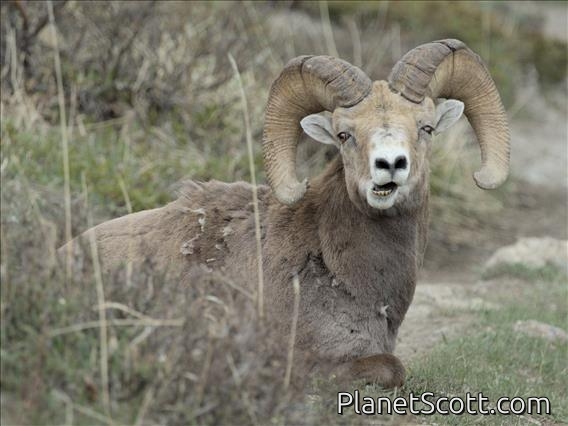Bighorn Sheep (Ovis canadensis)

Bighorn Sheep (Ovis canadensis)

Bighorn Sheep (Ovis canadensis)


×



Bighorn Sheep (Ovis canadensis)

Bighorn Sheep (Ovis canadensis)
About Bighorn Sheep (Ovis canadensis)
- Kingdom: Animals
- Phylum: Chordates
- Class: Mammals
- Order: Even-toed Ungalates and Cetacean
- Family: Bovids
The bighorn sheep is a species of sheep native to North America. It is named for its large horns. A pair of horns may weigh up to 14 kg (30 lb); the sheep typically weigh up to 143 kg (315 lb). Recent genetic testing indicates three distinct subspecies of Ovis canadensis, one of which is endangered: O. c. sierrae.
Source: Wikipedia
Lifelists
Trips
Visits
-
2006-08-09
Canyonlands National Park, United States of AmericaOn rocky ledge just before national park -
2025-05-31



